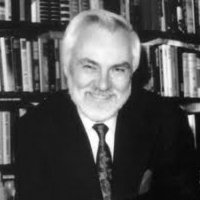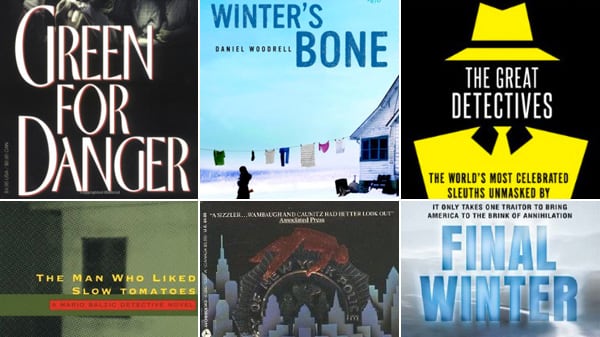
The Man Who Liked Slow Tomatoes
By K.C. Constantine

The creator of Mario Balzic etched a portrait of a dying town in the coal district of Pennsylvania that touches the soul. His blue-collar characters—protagonist, victim, killer, suspect—are all presented with empathetic humanity. The best books: The Man Who Liked Slow Tomatoes, Joey’s Case.
By Stephen Solomita

Tough New Yorkers are trapped in situations beyond their coping abilities in many of these searing novels. Stanley Moodrow works in the darkness—the darkness of the late-night streets and the darkness of the human heart. The best books: A Twist of the Knife, Damaged Goods.
By Christianna Brand

A peer of Agatha Christie and Dorothy L. Sayers in the late golden age (1930s and 1940s) of the British fair-play school of detective fiction, Inspector Cockrill’s too-few cases are masterpieces of pure detection. The best books: Green for Danger and Fog of Doubt.
By Daniel Woodrell

Even though two films (Winter’s Bone and Ride with the Devil) have been made from his books, and he is the founder and master of “rural noir,” far too few readers have found his books. He’s still writing and winning awards but he deserves a place on the next bestseller list. The best books: Winter’s Bone and Tomato Red.
By Brendan DuBois

Equally adept at novels and short stories, his range may have hurt his chance for a greater following, moving from pure detection to crime stories to giant thriller, all with exceptional skill. “The Dark Snow” was selected as one of the best stories of the century. The best books: The Final Winter, Six Days.




